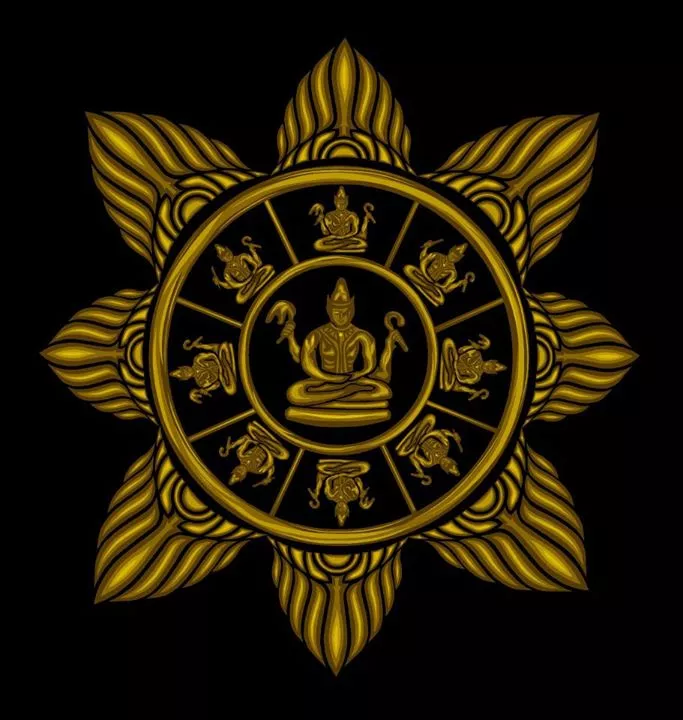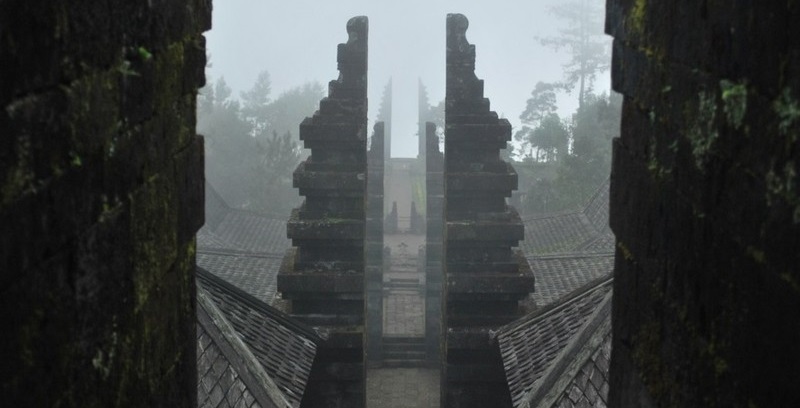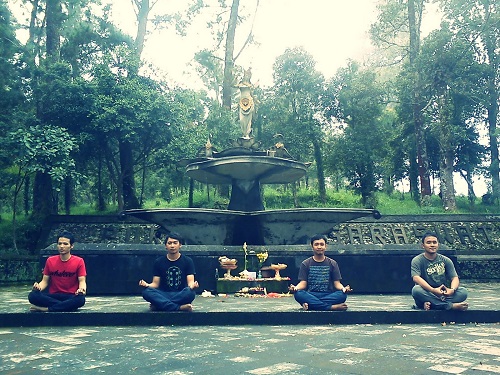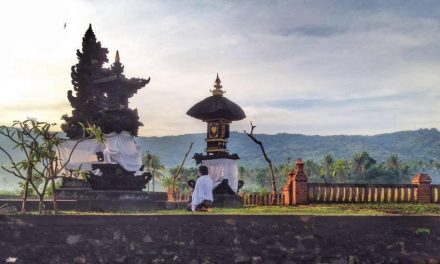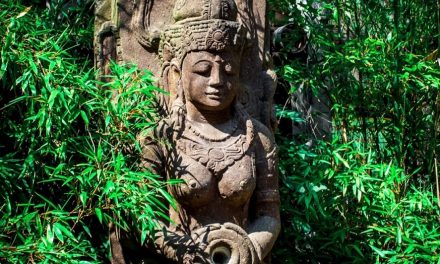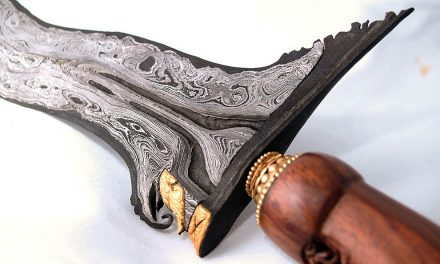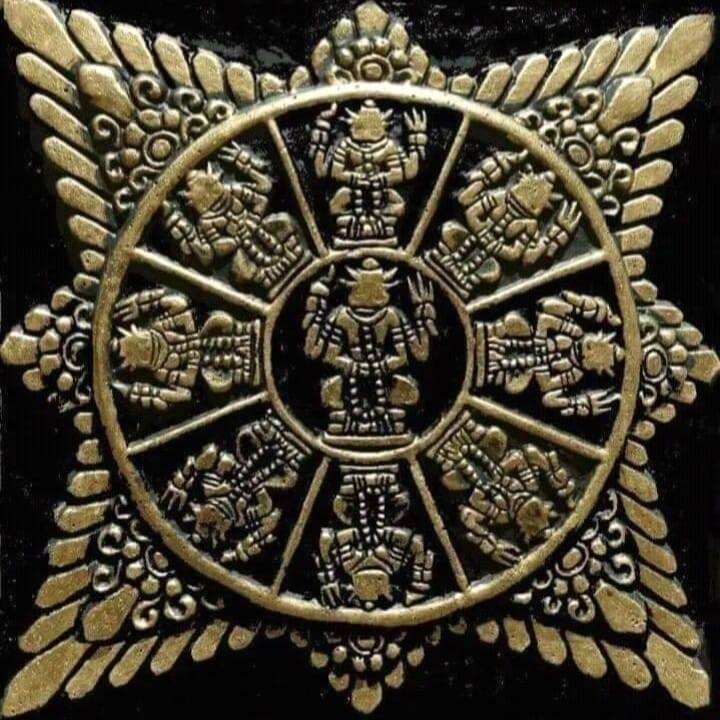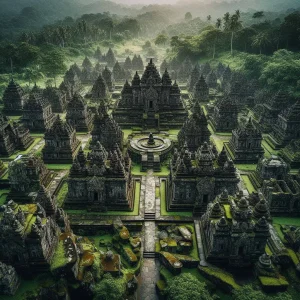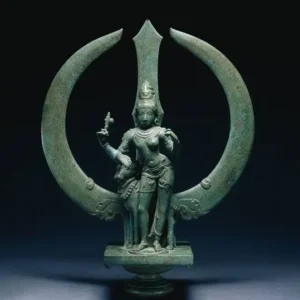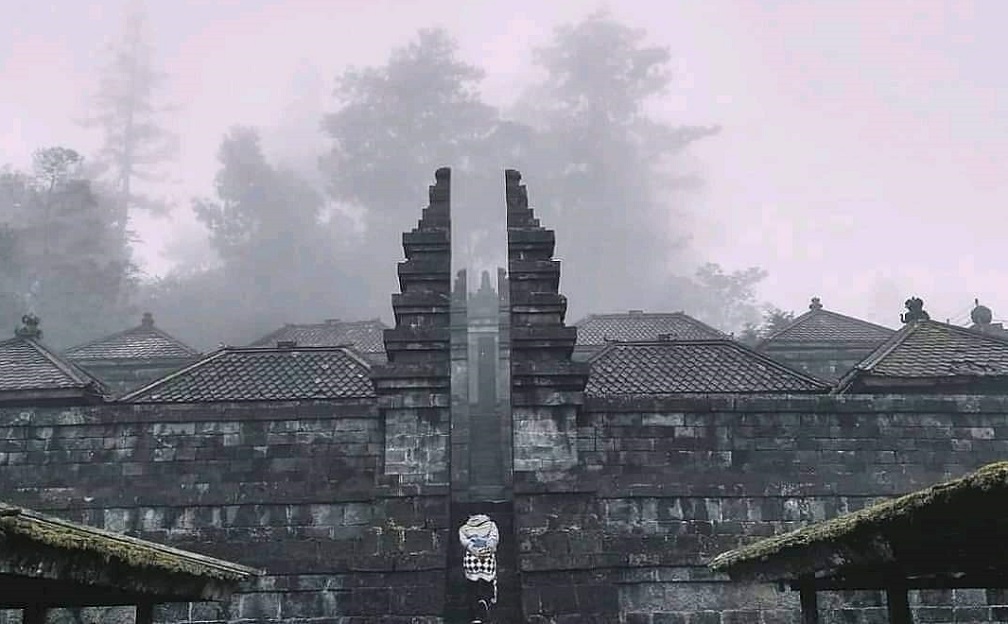
Originally posted on Medium
Mount Lawu is one of the most sacred mountains of Java.
Cetho Temple (Candi Cetho) stands at 1,400 meters above sea level, in a pine forest on the north-western slopes of Mount Lawu, one hour from Surakarta by motorbike.
To the West, the peak of Mount Merapi rises high above Java.
The ambiance in that area is otherworldy. Most of the time, the temple is covered by mist.
Its candi bentar gateways mix with the pines and the peak of Mount Lawu behind it, giving a definite air of sacredness.
The last ruler of Majapahit, Brawijaya V, fled to Mount Lawu when his kingdom fell to the Moslem state of Demak.
Here, among the mists and pines, Brawijaya built temples and places for meditation, and steeped the peak with an aura of intense mysticism that continues to this day.
An esoteric design
One of the last temples of the Majapahit Empire, Candi Cetho is build according to a very specific and esoteric architectural design.
- The temple has 9 terraces leading to the main temple, a very significant number in Javanese Shaivism.
- Each terrace is marked with a candi bentar.
- On the second terrace, stand a pratima (murti) of the World Turtle (Bedawang Nala) and Nagas.
- This is the terrace where the practitioners of Kejawen (Javanese religion) and other visitors perform their rituals and meditations.
- There are also statues and reliefs of King Sudhamala and of Sabdapalon and Noyogenggong.
- On the last terrace is a cut pyramid on top of which sits a cubical altar which always has a red and white cloth wrapped around it.
- These are the colors of Shiva and Parvati, which are at the origin of the Indonesian flag
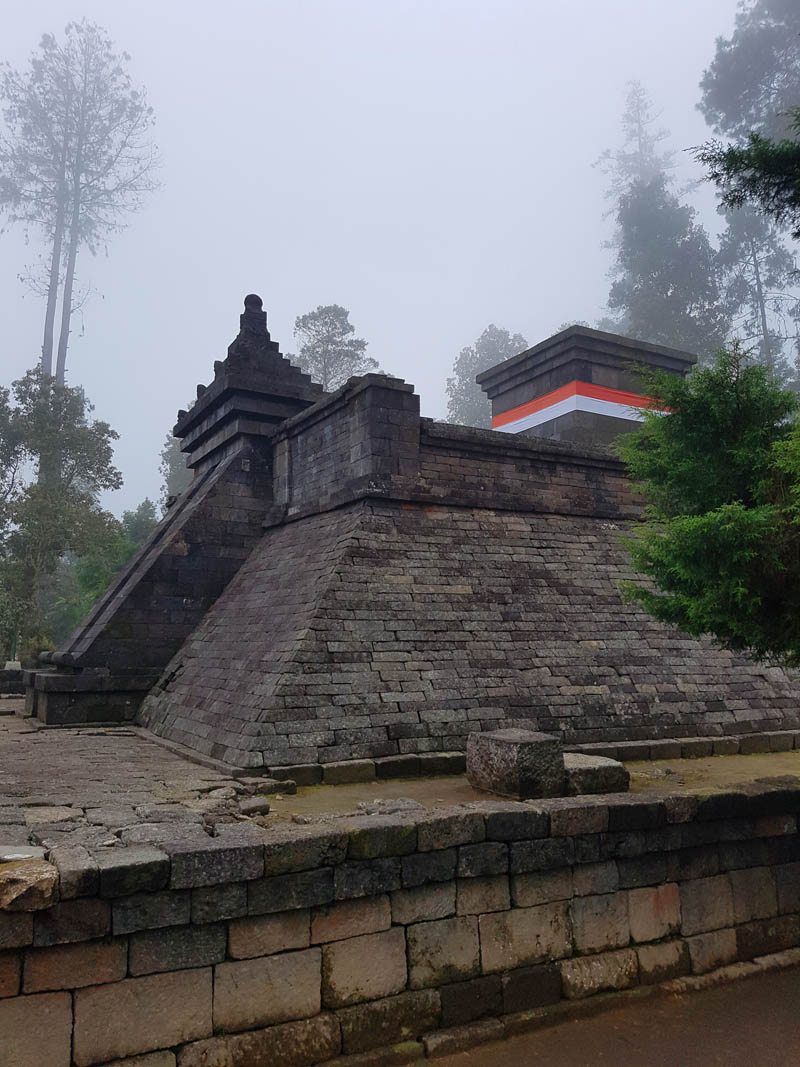
Spiritual tourism in Mount Lawu and Candi Cetho
The Hindu-Javanese community around Cetho Temple long had to overcome both poverty and the lack of recognition from the Moslem religious majority in Java.
Seasonal farming was the people’s main source of income and was hardly enough for them to survive.
But since the beginning of the Internet era, more people have discovered this place, and spiritual tourism is now blooming in Cetho.
The temple is now an increasingly popular destination for meditation practices and esoteric rituals.
The location is said to have very special energies. Numbers of pilgrims have increased, and the Cetho community had to modify their ancient place of worship by building several new structures.
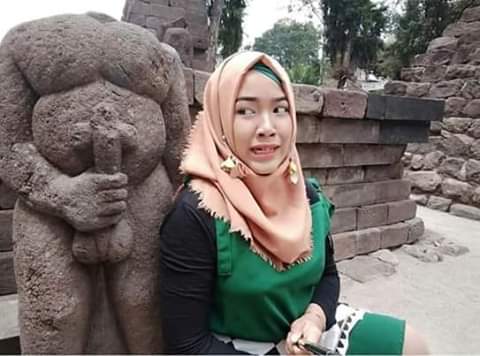
A Hindu-Javanese temple
Hindu-Javanese and Balinese traditions are similar but not identical, due to the separation that occurred between them over the past three centuries.
The offerings, outfits and even some prayers are slightly different compared to the Balinese Hindu traditions.
The two traditions have a different set of rituals, ceremonies and architectural style.
Balinese temples are usually bigger and taller and with more intricate decorations. Javanese buildings are more modest, and with simpler ornaments.
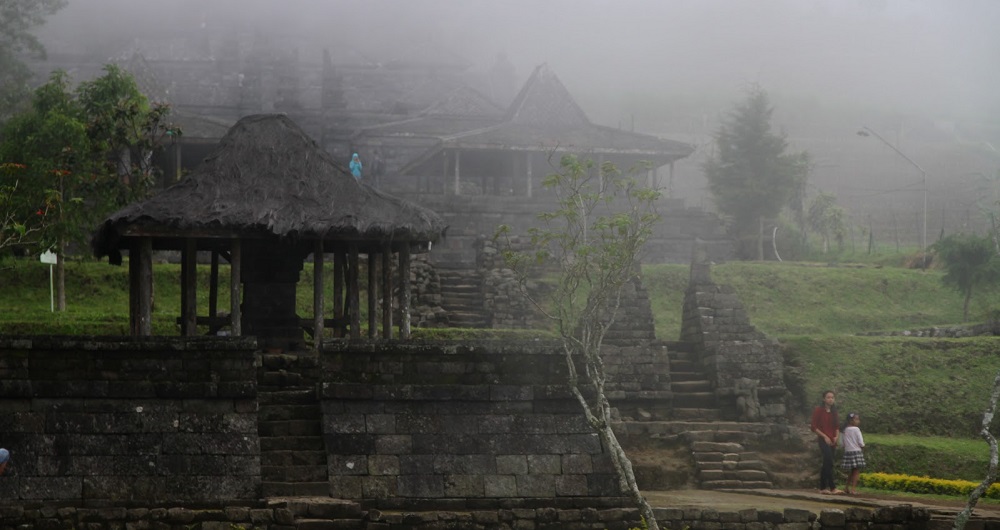
Upon entering the temple, visitors are required to wear the kain kampuh (or saput poleng), the famous black and white checkered cloth, around their waists.
Religious ornaments such as umbul-umbul and janur kuning (decorations made from coconut leaves) ornate the temple.
A Sarasvati statue was donated to the temple in 2010 by some Balinese people.
The shrine at Pura Kalisodo
A few kilometers below Candi Cetho, in a bamboo grove, lies another, modern temple called Pura Kalisodo that was built 20 years ago.
However, it is built right next to a ancient hut, or pelinggih (sacred shrine) that is much older.
The temple is used for the Hindu congregation, while the hut is for Moslem and Christian Kejawen followers.
Long before the temple was built, this was a place of spiritual significance for all local Javanese.
Gatot Subroto, a senior military figure in Indonesia’s struggle for independence, came here to pray for success in 1945.
Read also: On the slopes of Mount Lawu, a few kilometers away from Candi Cetho stands another Hindu community living around an even more mysterious temple called Candi Sukuh.
